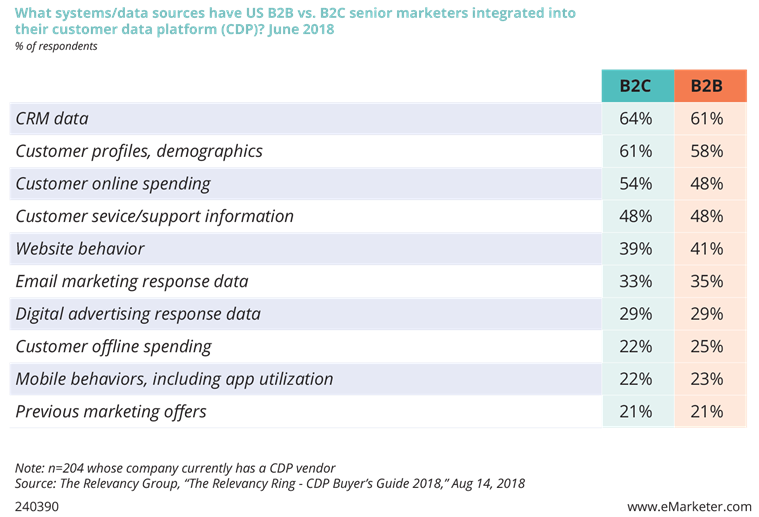Sign up for our LAVY email
and get our bi-monthly newsletter.
Programmatic runs on data. Lots of it. The better your data, the more likely it is you’ll be pleased with the outcome of your campaigns. So, what’s a sports marketer to do when the data on hand just isn’t cutting it?
One solution is to team up with a sports organization willing to share. It’s a good way to significantly increase both the quantity and quality of data available for precision targeting. This second-party data is better than third-party data, and you can work with your partners to find ways to augment your first-party data.
Here are five steps to help you get started.
We’re assuming, for the sake of this article, that you bring data with you into the partnership. Most likely, it is stored in CRM where you can easily sort it for segmenting and targeting.
 Of course, the team has a data set of its own.
Of course, the team has a data set of its own.
Sports sponsorships provide value in many ways, not the least of which is connecting with the fans. Likely the team's fans and your prospects and customers overlap.
The same is true for the team. You could even offer to reciprocate. You’ll both come out with a better understanding of your audiences, so it’s a win-win.
Why not ask the team if they will augment your existing CRM entries with any entries you share in common? That way, you know who in your CRM list are fans, and at what level. Knowing who among your prospects and customers is a fan, and how big of a fan can improve your sales marketing efforts. Imagine pulling up a client in your CRM and knowing that they are a season ticket holder or that they go to only a few games a year.
Ask the sports team to upload lists (segmented if possible) to a third party such as LiveRamp, Oracle BlueKai or another data management platform that will provide you with an audience for targeting.
Don’t worry. The team shouldn’t mind. This information would be anonymous as you would end up targeting a pool of devices rather than individuals.
Getting loads of new data to work with is a great start. Being able to manage it well is just as important. In this next step, you’ll need to work with the team to segment lists for specific targeting. This could include ticket-holder status, age, gender, income level or other demographics.
If available, you could also segment by specific behaviors such as whether they attend on certain days of the week, buy more than one ticket at a time, etc., or by location.
One of the reasons to partner with a team is so their brand can elevate yours. One way to do so is to request to have a targeting pixel placed on the team site.
This matters because this will allow you to serve team-branded creative to your audience. It will be easily recognizable to fans and add instant clout to your brand’s message.
Sports fans love stats. Win or lose, they want to know what is happening—and they want the information on the fly.
As a sponsor, you can leverage team events to dynamically change your creative, infusing what’s happening “right this minute” with the team.
This can include the current score, the team’s next scheduled sports match or even updates about promotions tied to specific games. As long as there is a tie-in to the team and it is current, fans will pay attention.
LAVIDGE can help. We’ve worked with teams, retailers and sponsors in connection with a variety of sports in multiple states. Our dedicated analytics team can create a solution customized for your needs.
To learn more, give us a call at 480.998.2600 or send email to info@lavidge.com.
If you’re going to share data with a sports organization, you’re going to need a program to help you manage it. Enter Customer Data Platforms (CDPs).
Courtesy of eMarketer.com, here’s the scoop on CDPs, which are similar to other types of data storage vendors such as data management platforms (DMPs). DMPs are used to manage advertisers’ and publishers’ audience data. Vendors who sell CDPs claim that their differentiation comes from dealing exclusively with first-party data and having use cases that extend beyond media and advertising.
In a survey by The Relevancy Group conducted in June 2018, of 204 US executive marketers who use a CDP vendor, about six in 10 respondents said that they integrate customer relationship management (CRM) data into their CDP. Other types of data like offline spending, email marketing and mobile behaviors are also integrated into CDPs but not at as high of a rate as CRM data.

Methodology: 406 US senior marketers from various industries were surveyed in June 2018. Respondents identified their job title as associate (16%), CMO (23%), director (20%), executive/other (5%), manager (16%), marketing IT (15%) and VP/SVP/EVP (8%).
Sign up for our LAVY email
and get our bi-monthly newsletter.